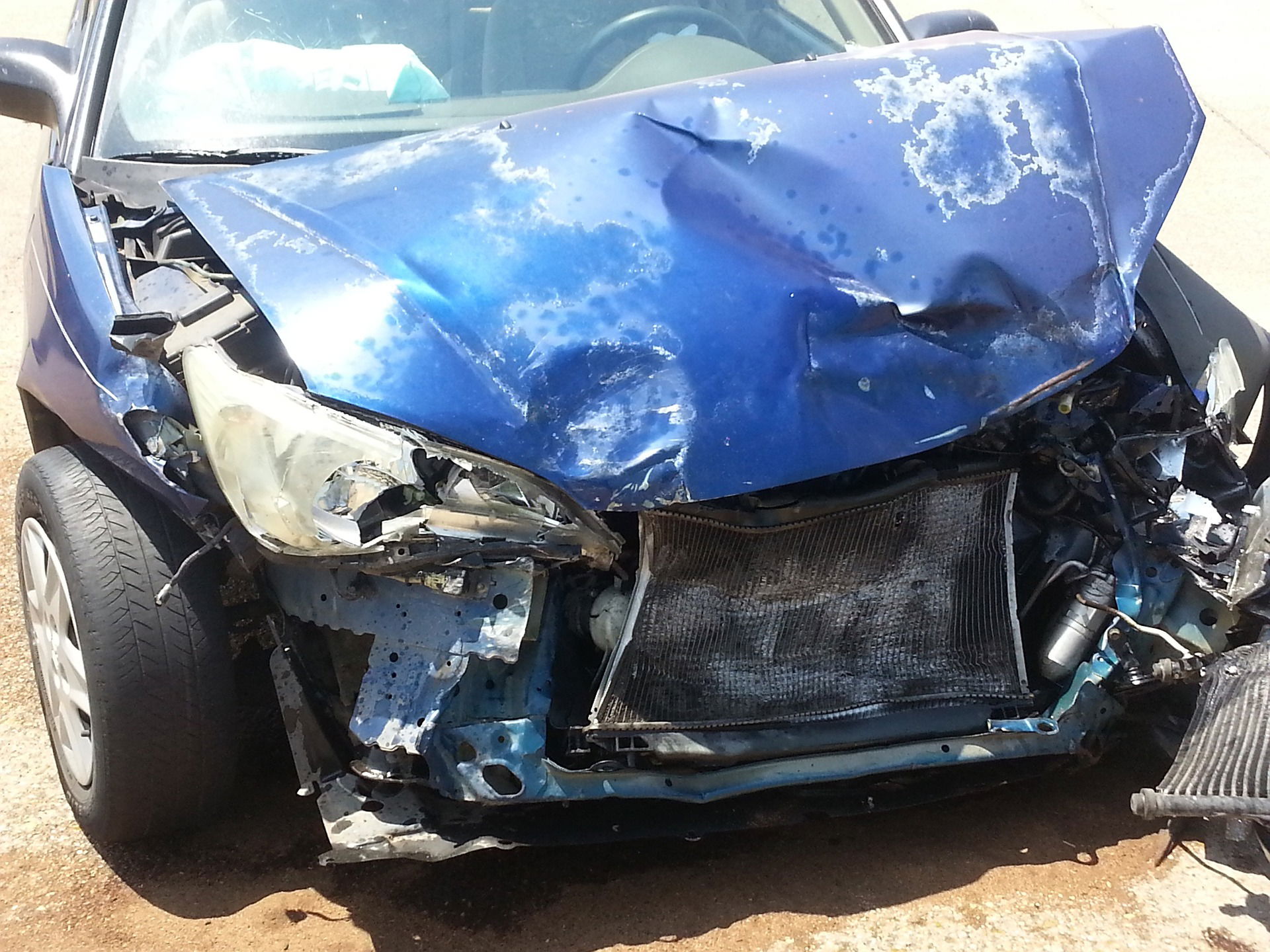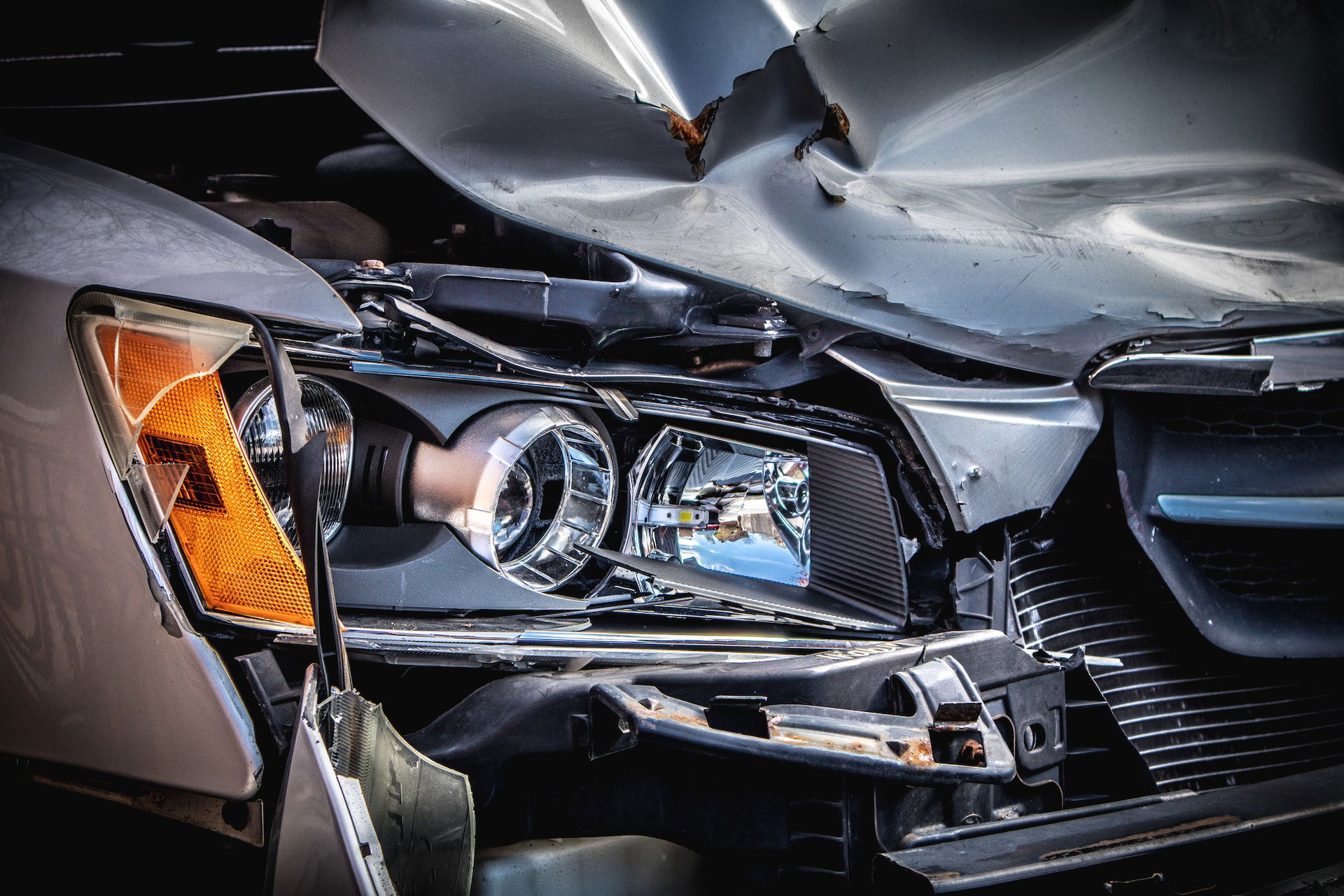How Can I Prove My Pain and Suffering After My Car Accident?
If you have been involved in a car accident, or family or friends have been in a crash, you have probably heard the expression “pain and suffering.” Pain and suffering refer to compensation that may be obtained in a personal injury claim. This expression refers to physical and/or emotional stress as a result of an accident.
While pain and suffering is something for which a crash survivor can seek compensation, it is complicated because mental and emotional pain is not always quantifiable. Every accident is not the same, and injuries sustained in a crash are not the same. Pain and suffering are hard to prove because it is not always readily apparent.
Accident survivors can seek compensation for pain and suffering if they are suffering insomnia, the loss of enjoyment of life, grief and worry. However, none of these conditions can be clearly defined as being worth a certain number of dollars.
Because pain and suffering can affect each person differently, you must seek medical assistance right away. This provides a paper trail of your injuries and helps to prove a compensation case.
Proof of your injuries and treatment helps establish your case and prove pain and suffering after a car accident. The type of evidence you can collect to help you prove pain and suffering damages includes:
- Medical records – Keep all prescriptions, bills and test results from medical professionals, therapists and other medical providers. Include receipts for over-the-counter medications.
- Proof you have lost time at work – If you cannot work due to pain, get documentation from your company that proves it.
- Pictures of injuries – Take photos of bruises, swelling, scarring, broken bones or other apparent injuries.
- Journal your pain – A daily written record of pain levels is a good idea. Include how the pain affected your activities and how often you took medication.
- Friends and family observations – Outline how you were before the accident and how the pain and anguish affected your life.
Types of Compensation Available
In Pennsylvania, there are two types of compensation, non-economic and economic damages.
Economic damages can include:
- Lost wages
- Medical expenses
Non-economic, intangible damages can include:
- Disfigurement
- Past and future pain and suffering
- Loss of enjoyment of life
- Loss of consortium of a loved one
- Humiliation and embarrassment
How Is Compensation for Pain and Suffering Determined
There is no fixed formula for determining compensation for pain and suffering because no two collisions are the same, and everyone involved is affected differently.
To figure out compensation, the court relies on the evidence presented, which may include documentation of all injuries and treatments, the prognosis for recovery, expert testimony from medical experts, your age, what harm or damages you sustained, how severe the injuries are, if it is a lifetime condition and how it affects your ability to try to live normally and participate in everyday activities.
Contact Melaragno, Placidi & Parini for Help
Claims for pain and suffering are complex. It is best to discuss your case with an experienced car accident attorney at Melaragno, Placidi & Parini. We offer free case reviews, inform you of your legal rights and make sure any claim you wish to file is within two years of the crash or two years of the discovery of any related injuries.




